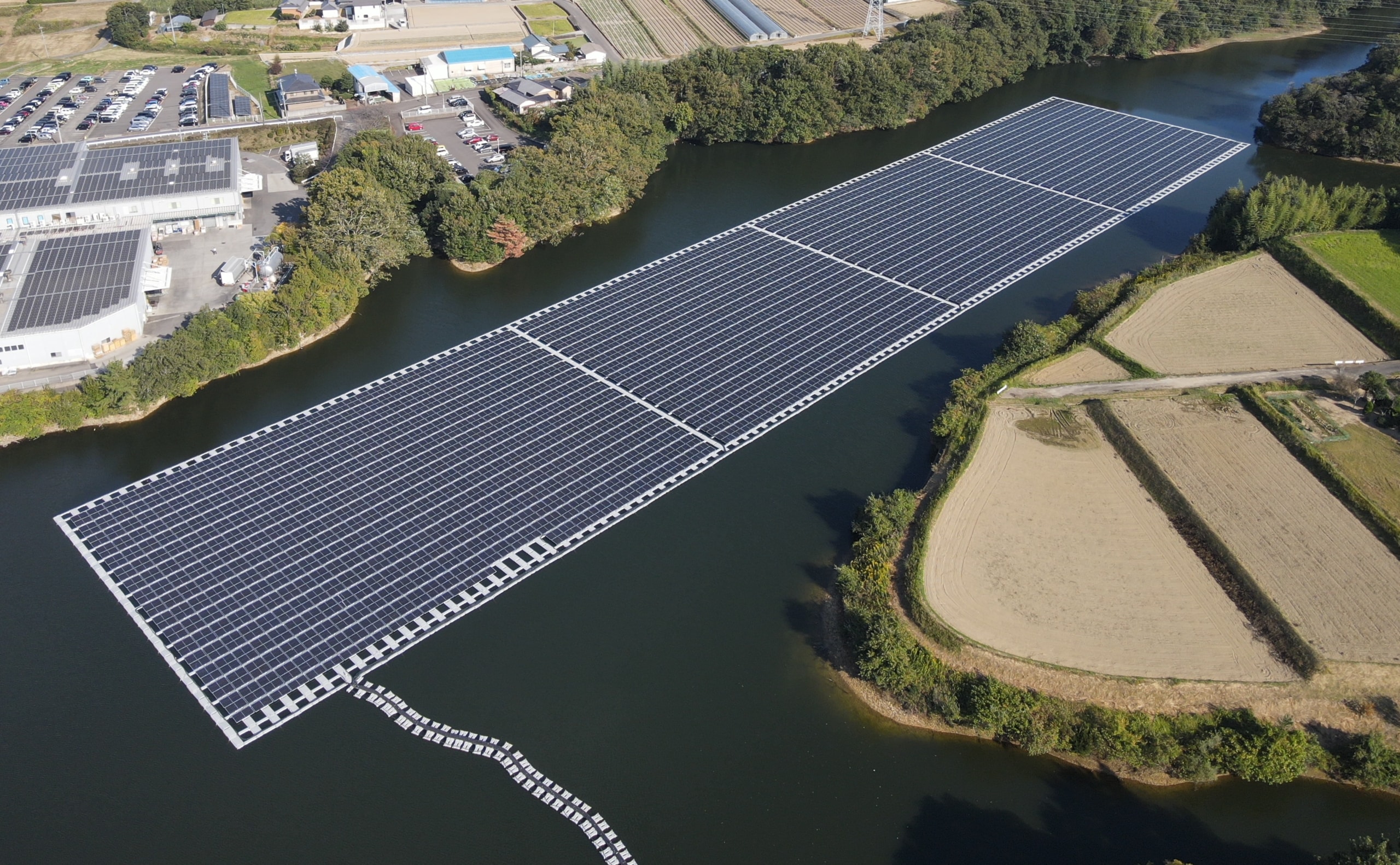Floating solar technology is gaining ground in Japan as the country looks for innovative ways to expand its renewable energy capacity. With limited land available, developers are now turning to reservoirs and other water bodies to install solar panels that float on the surface. This shift comes as energy demands grow and climate targets become stricter. By maximizing unused water spaces, Japan hopes to accelerate its clean energy transition while reducing dependence on fossil fuels. Several prefectures have launched pilot projects over the last three years, and early results show encouraging performance and minimal environmental disruption. As interest grows, both government and private investors are preparing to scale up deployment nationwide.
Floating Solar Projects Accelerate Across Regional Prefectures
In the past two years, several regions in Japan have taken bold steps to implement water-based solar farms. Among the earliest adopters were Hyogo and Chiba, where floating platforms were placed on reservoirs used for agricultural irrigation. These projects demonstrated that such systems could withstand weather changes and continue generating electricity reliably. Since then, additional installations have followed in Saitama, Fukuoka, and even parts of Hokkaido.
Because the panels sit on water, they benefit from natural cooling, which helps maintain energy efficiency. Moreover, these systems do not compete with farmland or urban infrastructure. That makes them ideal for a country where available land is often scarce. Local utility companies have signed agreements to purchase the electricity generated from these systems, supporting long-term viability.
Government officials have also revised national guidelines to simplify permitting. This policy shift, combined with streamlined inspections, has shortened the average installation timeline. Additionally, local engineering firms have begun to specialize in aquatic solar structures, expanding Japan’s technical capacity in the sector.
Public-Private Collaboration Strengthens Infrastructure Resilience
A significant feature of Japan’s floating projects is the strong collaboration between public institutions and private companies. Municipal governments frequently offer access to public water bodies in return for revenue-sharing agreements or discounted power supply. This model has attracted both domestic and international investors seeking stable returns with environmental impact.
In some cases, local communities participate in ownership through energy cooperatives. Residents gain financial benefits while supporting a transition that also improves air quality and reduces carbon emissions. Schools and public facilities have also become early adopters, using power generated on nearby reservoirs to lower costs.
This cooperative structure has helped foster public trust, a vital component for projects that require long-term commitment and local acceptance. It also enhances the reliability of energy supply in areas that previously depended on imports or long-distance transmission.
Technology Innovation Drives Competitive Advantage
Japanese companies are now innovating to improve the performance and resilience of water-based solar systems. Some manufacturers have developed panels with anti-corrosion features tailored to humid environments. Others are experimenting with dual-use installations, where solar platforms also support aquaculture or water conservation.
These innovations not only boost the system’s value but also open export opportunities in other parts of Asia and beyond. As countries in Southeast Asia and the Middle East express interest in similar solutions, Japanese firms are positioning themselves as global leaders in water-based renewable infrastructure.
With ongoing support from academic institutions, engineering groups, and financing agencies, Japan’s momentum in this area shows no signs of slowing. Analysts believe that within the next five years, floating arrays could represent a significant portion of the nation’s new solar capacity.
